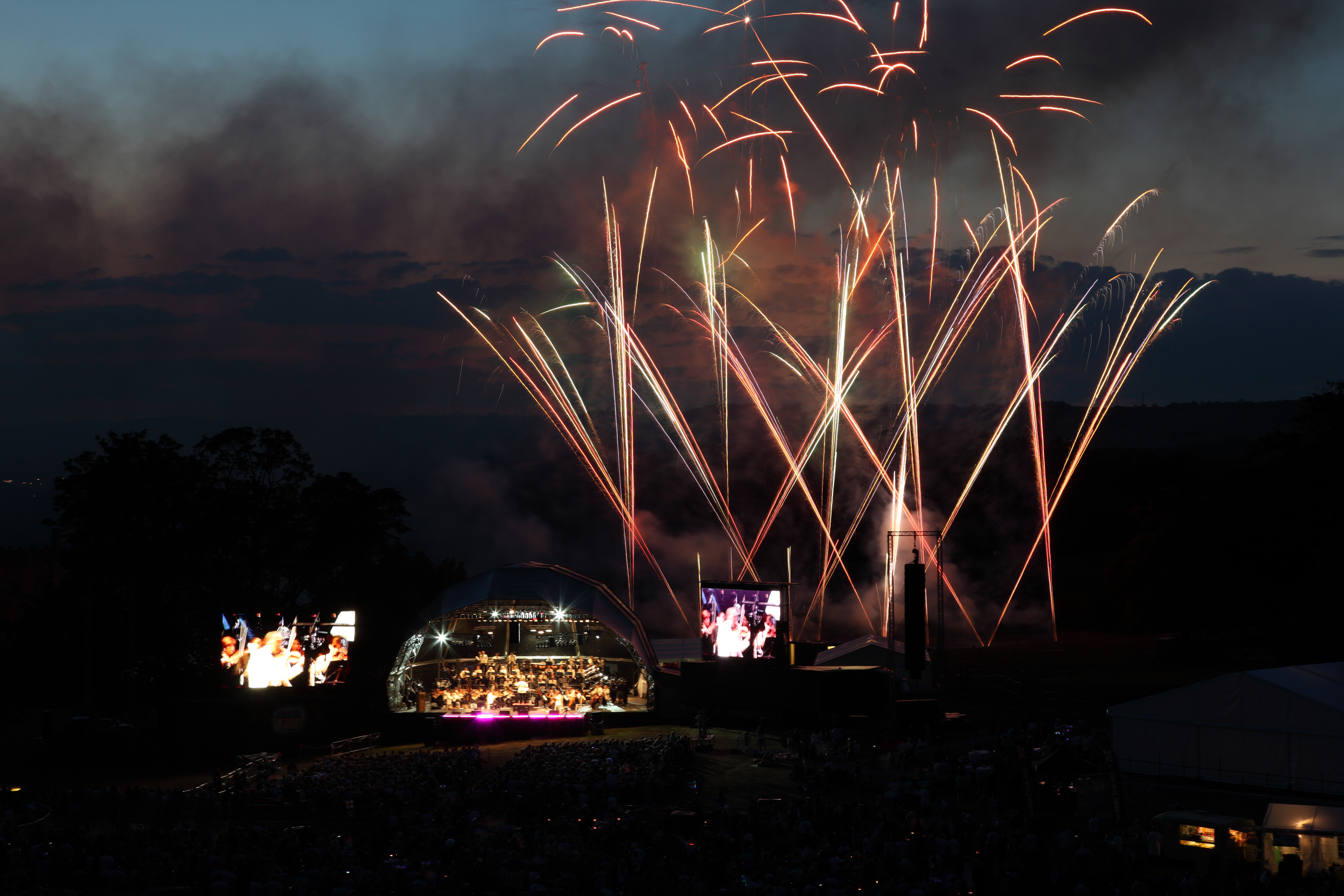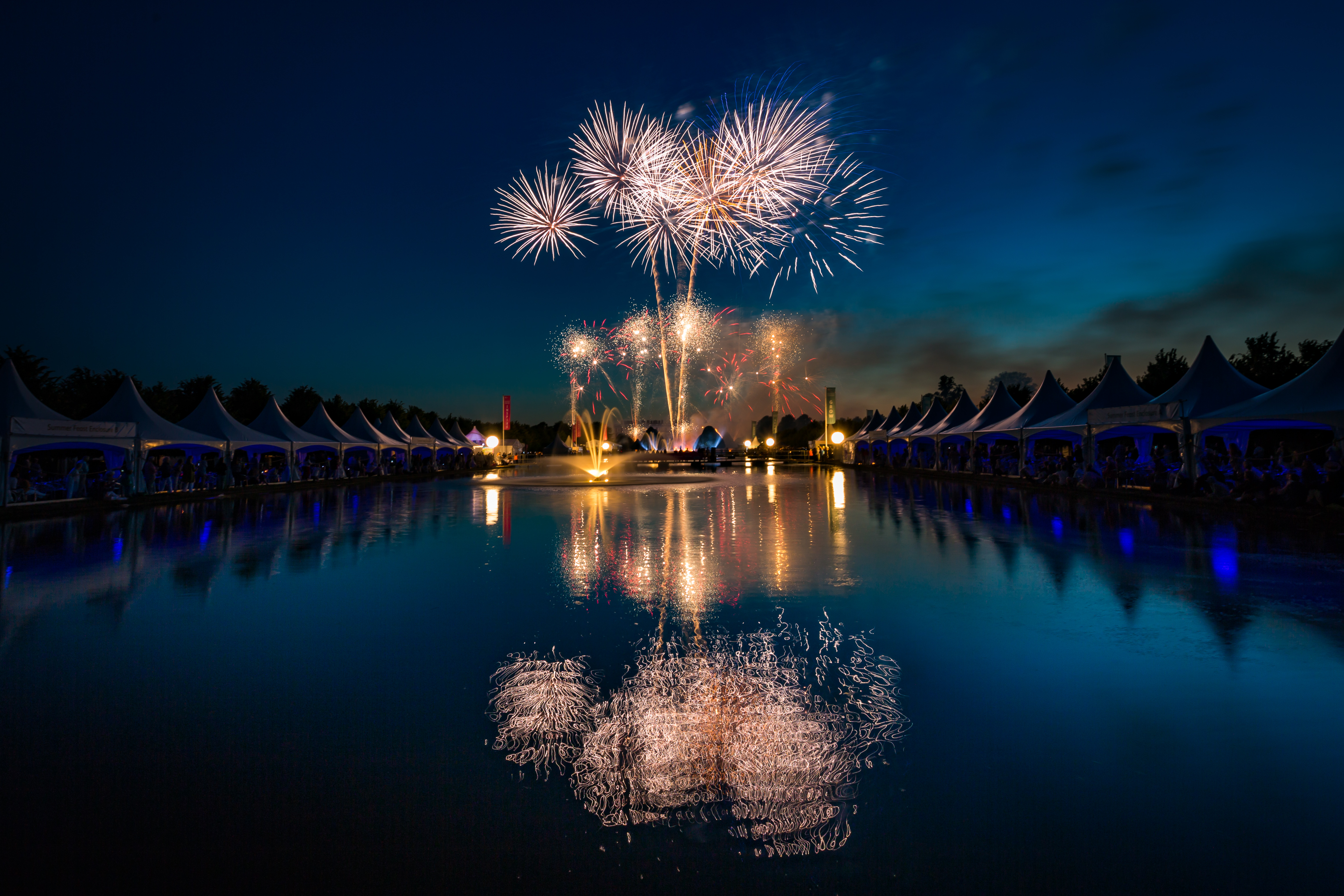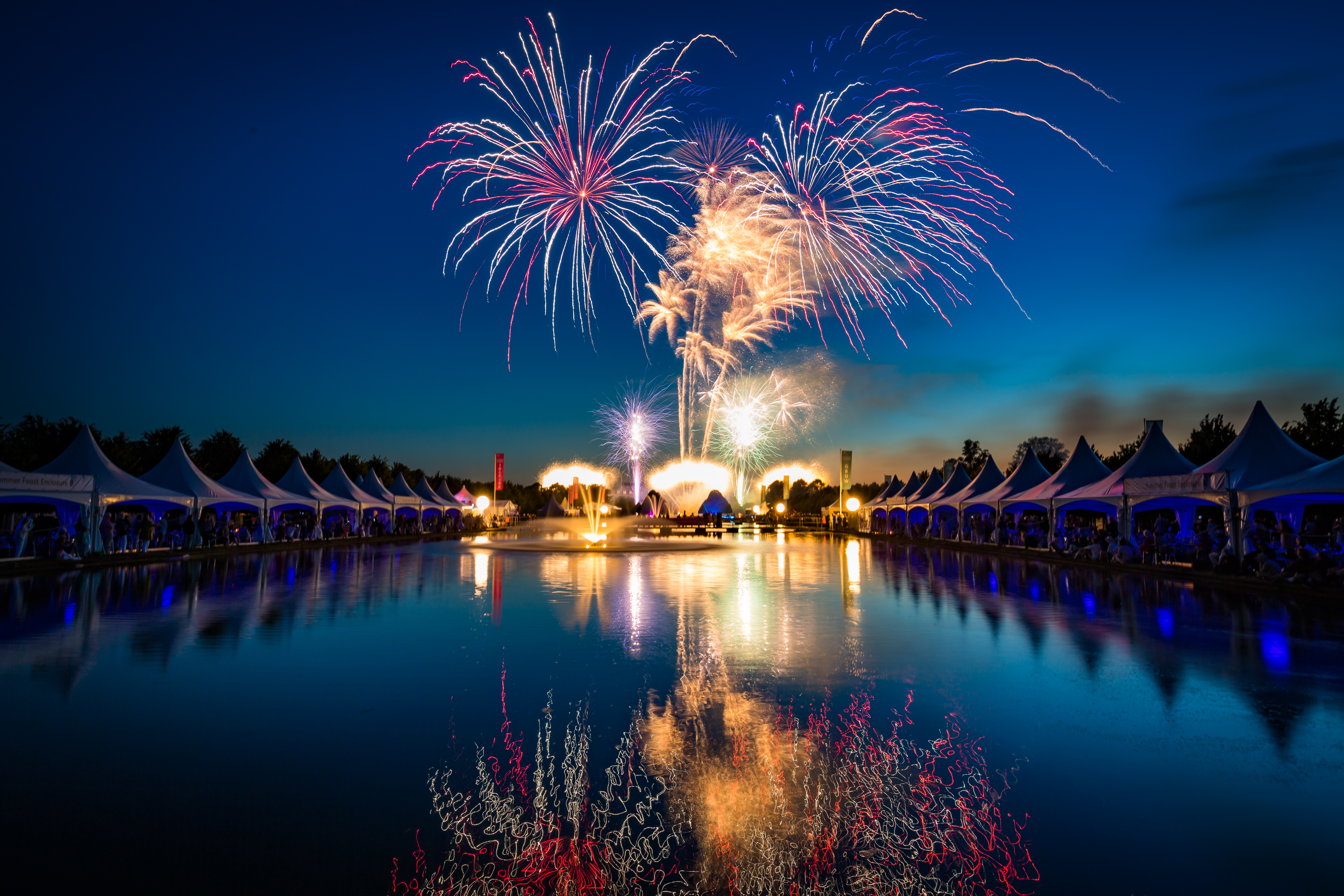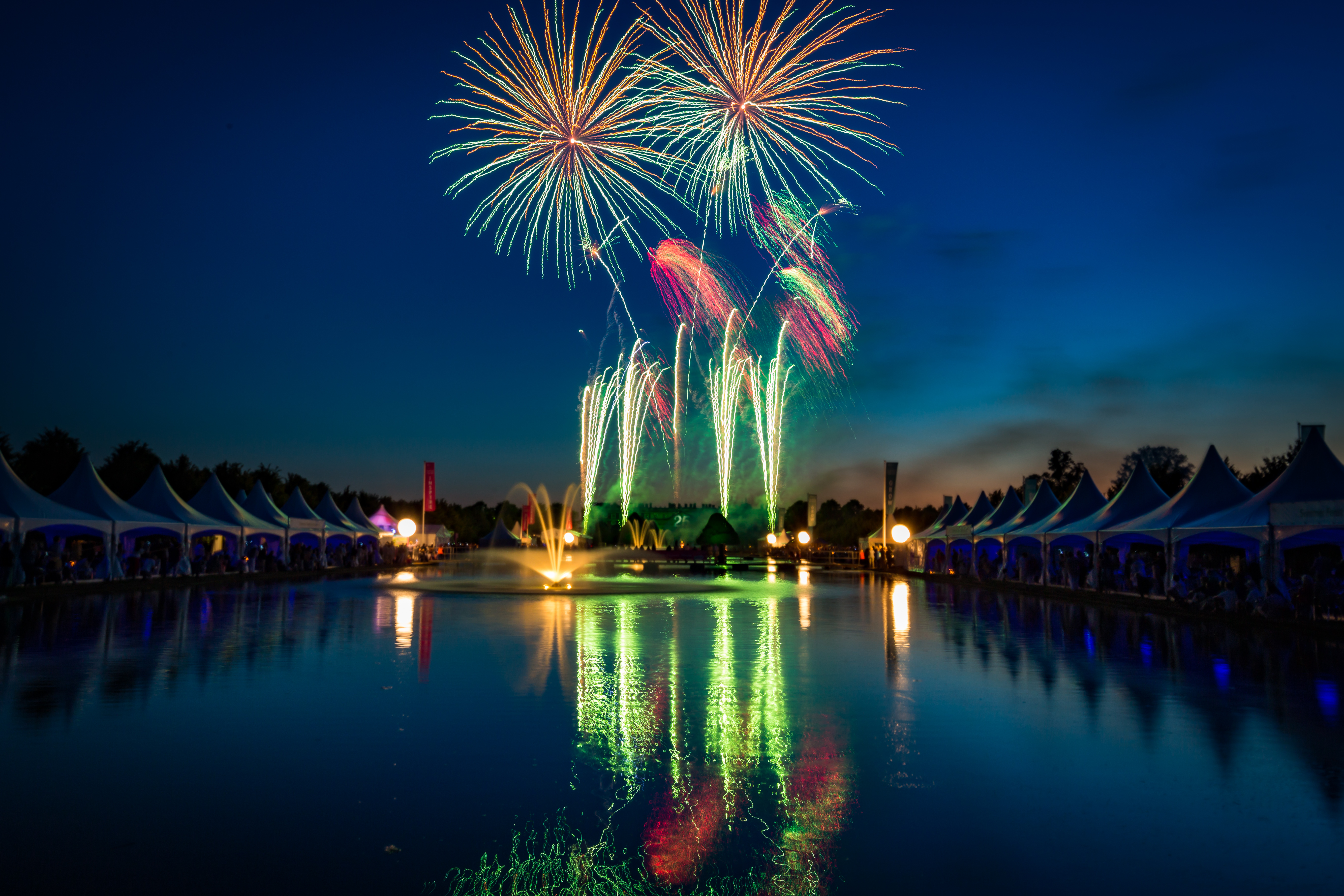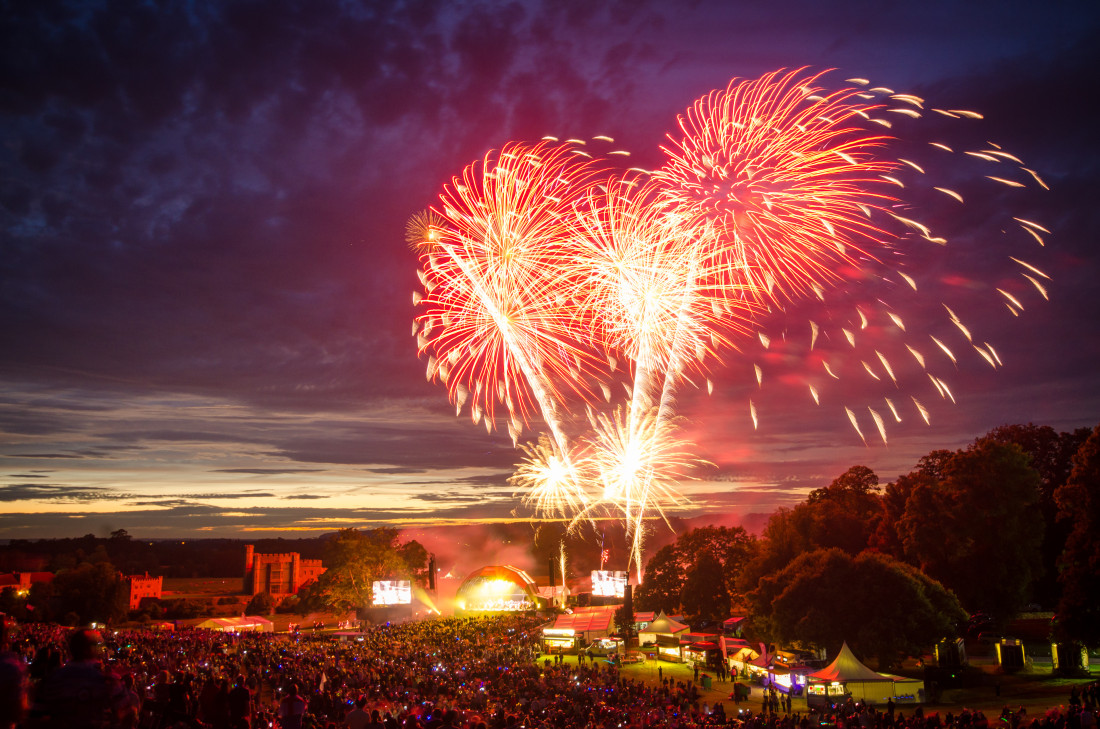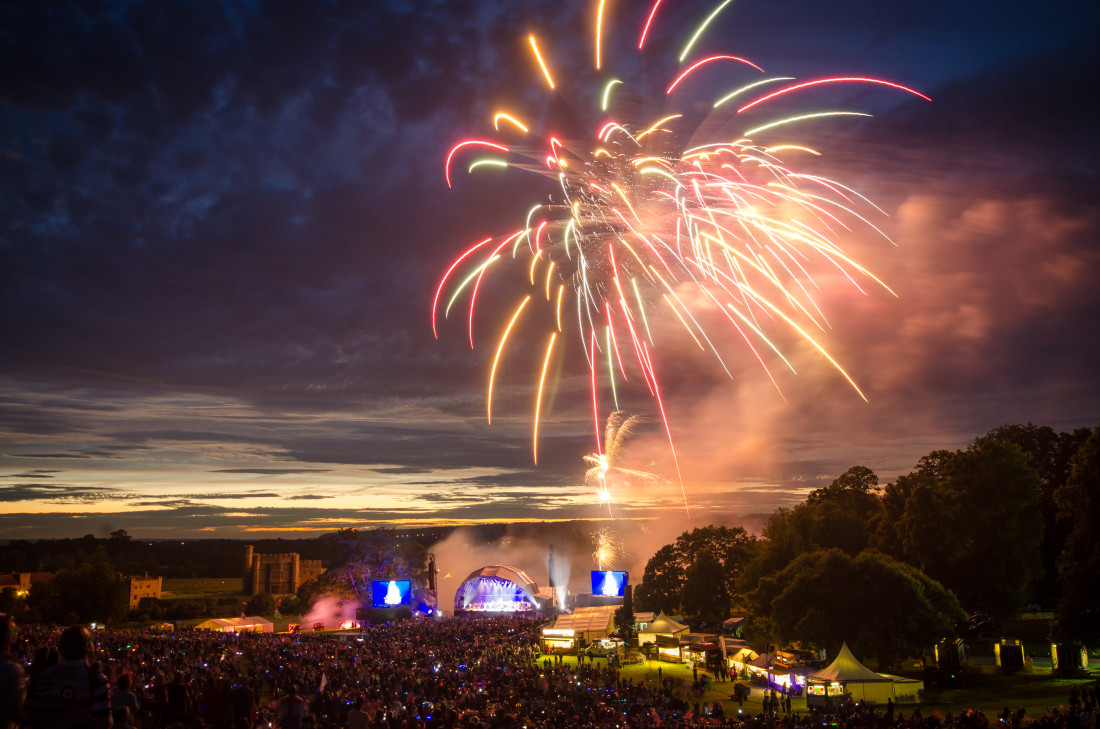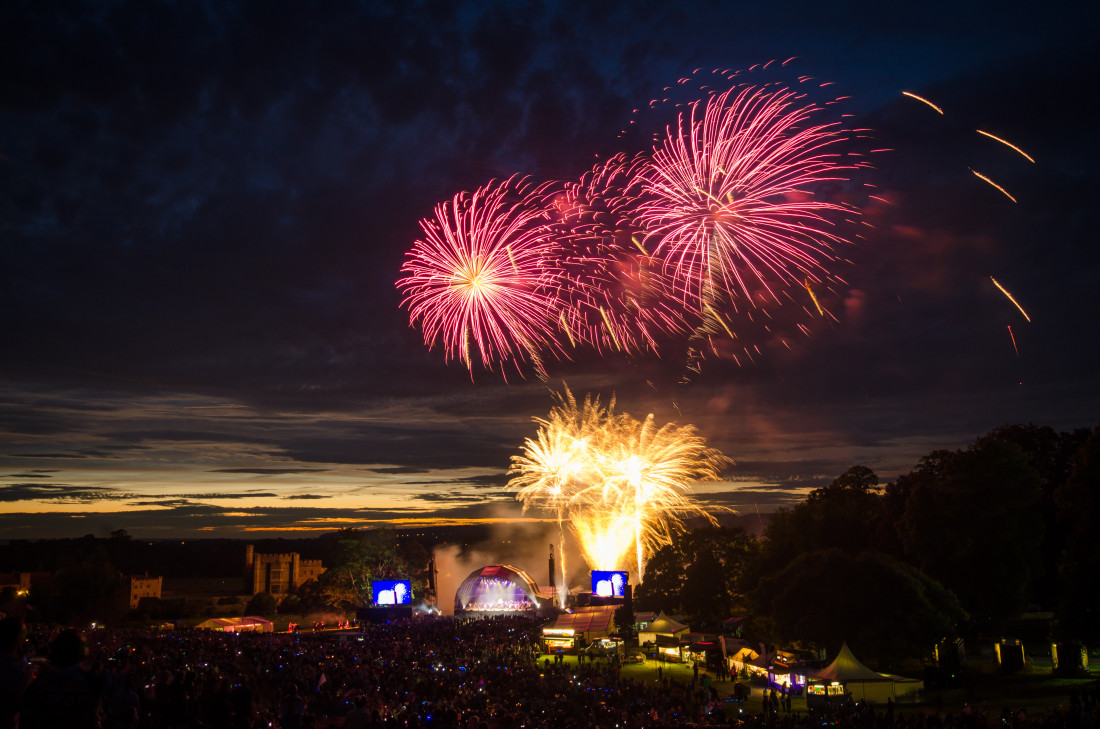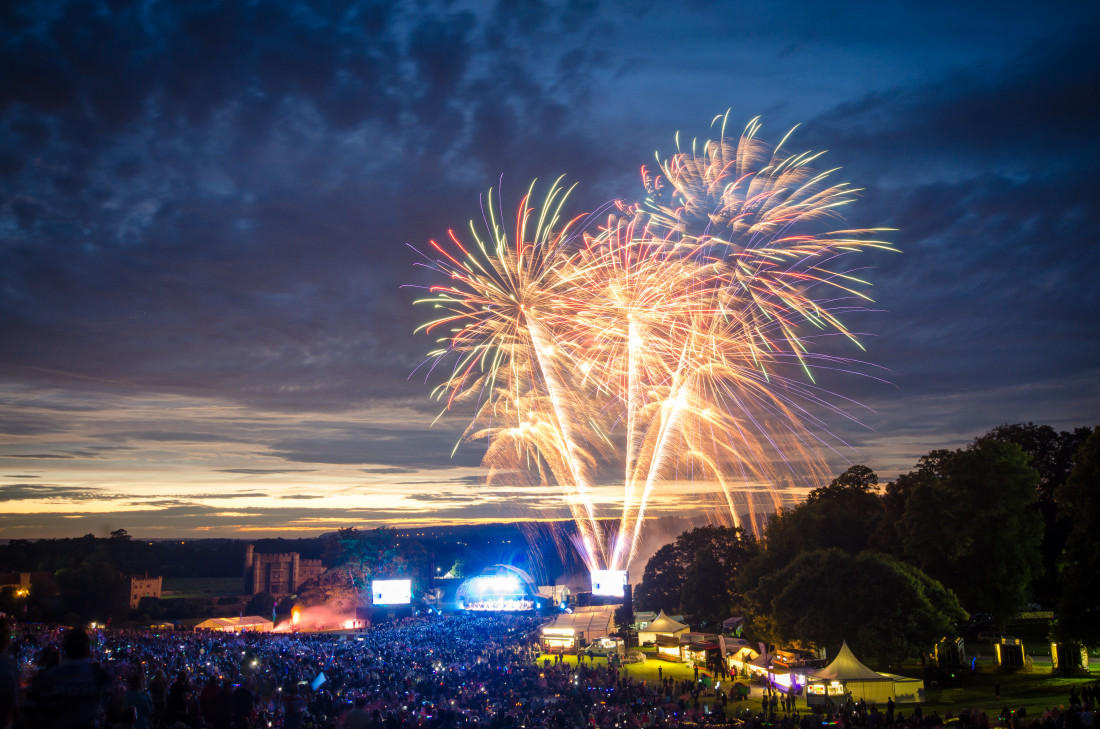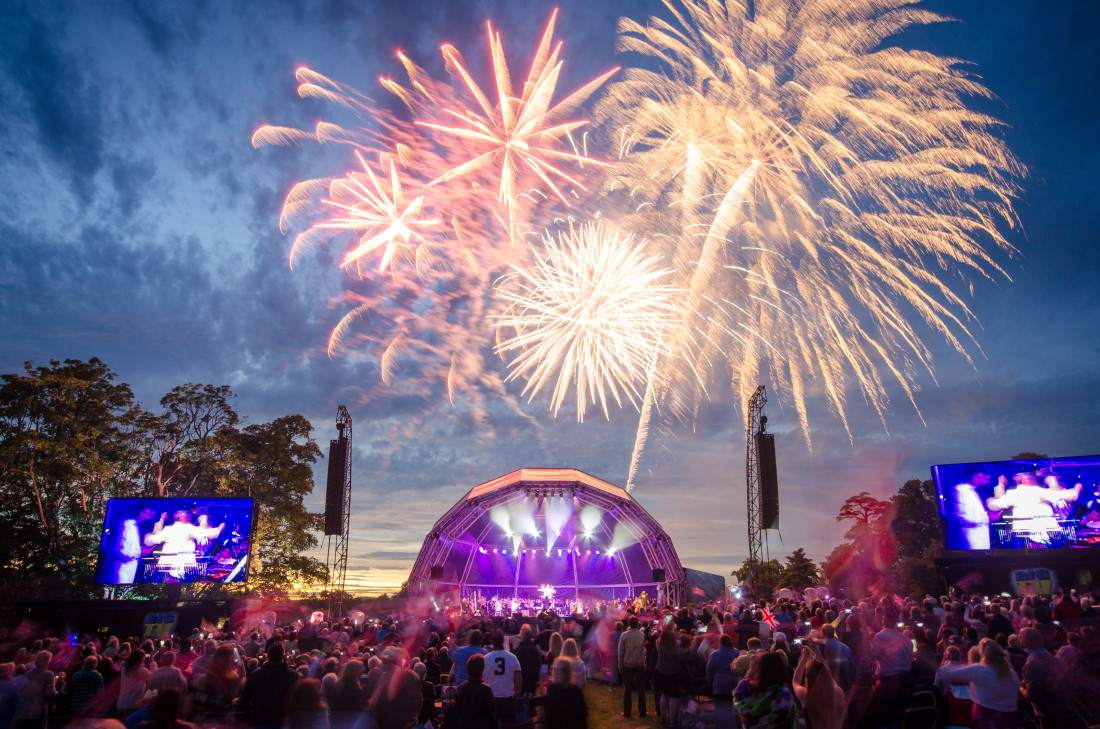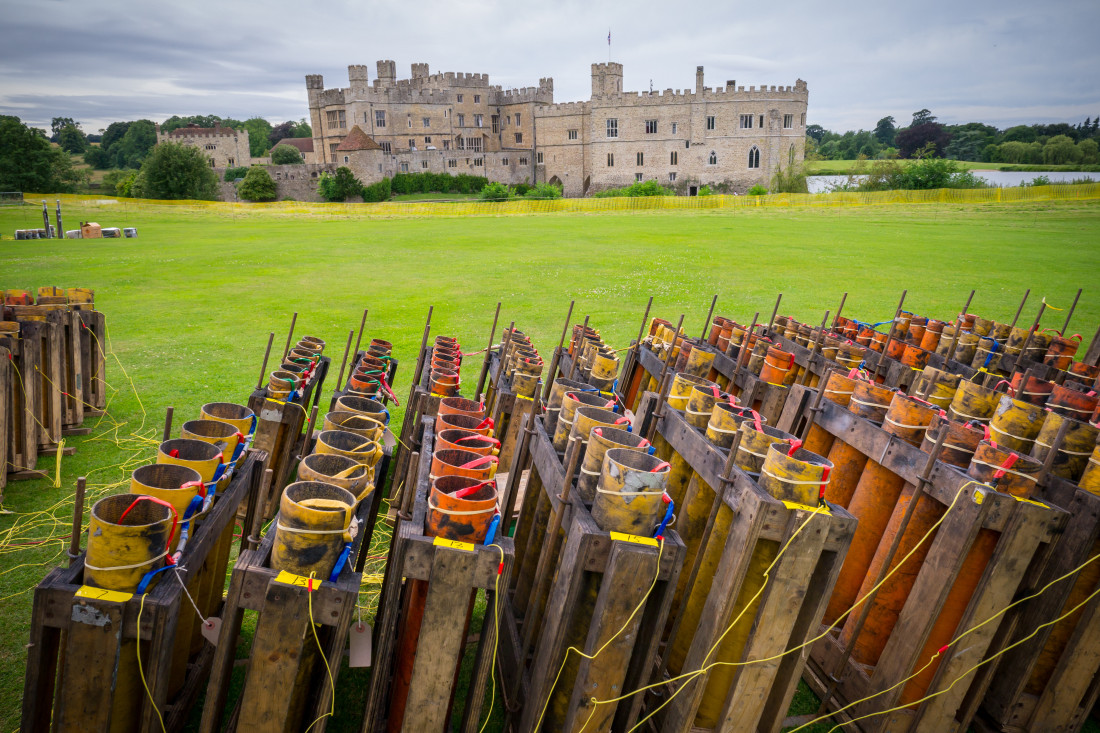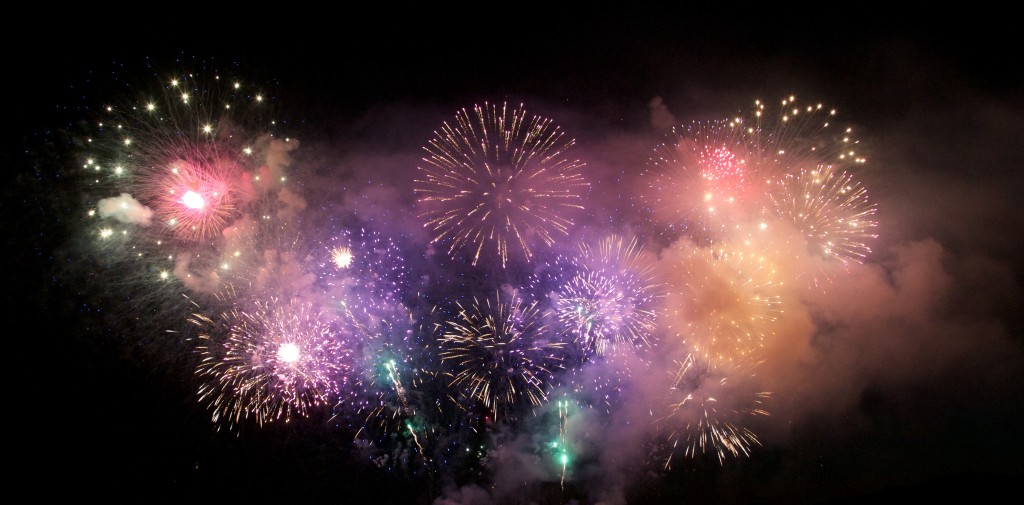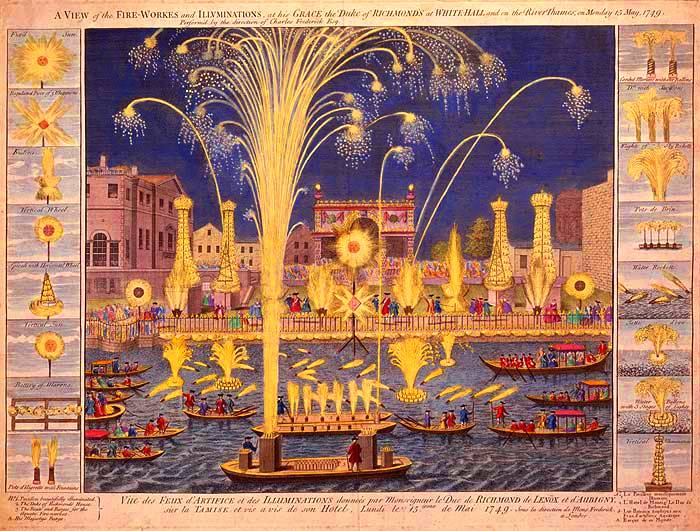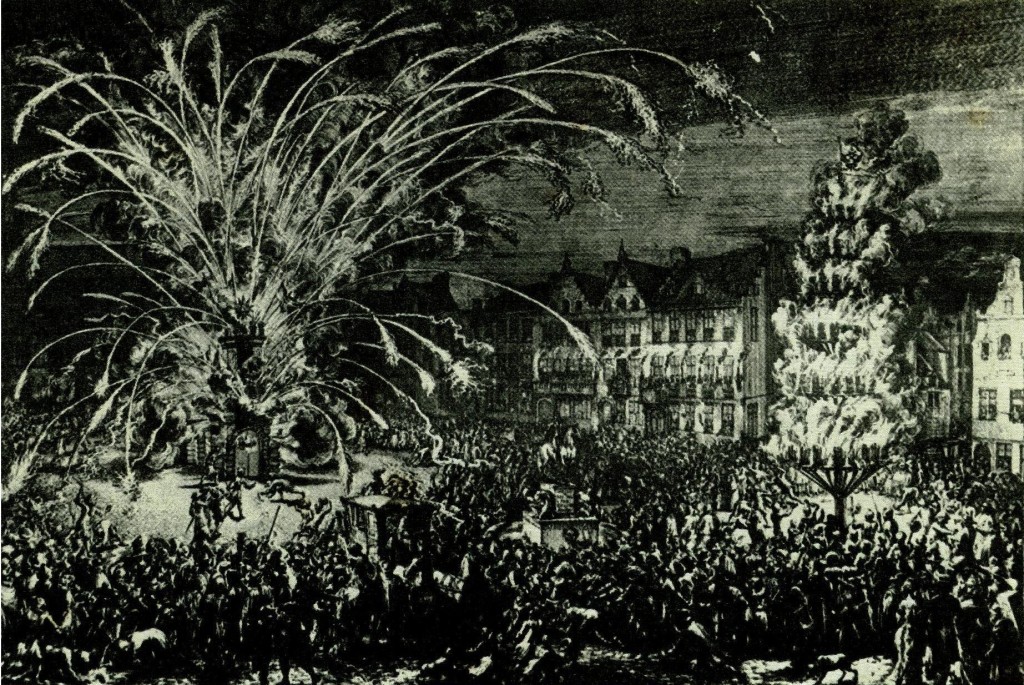In Britain, we associate fireworks with Bonfire Night, in France they’re used to celebrate Bastille Day and we all know how much Americans love fireworks to celebrate every occasion, but have you ever wondered how the first firework was created? We all enjoy a good fireworks display; it’s one of the few things in today’s modern world that still has the power to bring us together as a community. Despite most of us thinking that fireworks were invented to celebrate Bonfire Night, their history goes back thousands of years and is far more exciting than you can imagine!
A happy accident
The first mention of a firework comes from China, about 2000 years ago. There’s a legend that a Chinese chef accidentally knocked some saltpetre into a cooking fire, which caused an interesting flame not seen anywhere else, and in an act of pure serendipity, invented the firework. Saltpetre was used as a flavouring salt and is still an ingredient in gun powder. Along with saltpetre, other gunpowder ingredients, such as sulphur and charcoal were commonly found around ancient cooking fires. This mixture of ingredients produced an extremely beautiful flame in a fire and would explode if placed into a bamboo tube.
Between 960 and 1279, in the Song Dynasty in China, exploding firecrackers were produced by Li Tian, a Chinese monk, near the city of Liu Yang in the Hunan Province. They were designed to be detonated at the beginning of the New Year in order to scare away evil spirits, and were made by filling bamboo shoots with gunpowder.
Nowadays we focus on the shapes and colours of being the most important part of a firework, but in medieval China, they focused on the loud noise for early religious fireworks (known as ‘bian pow’ or ‘gung pow’), as this was essential for scaring away the evil spirits.
By the time of the 15th century, fireworks are recorded being used in a wide range of celebrations, including weddings and military victories. Whilst we see the birth of the firework in China, the modern firework that’s we recognise was most likely invented in India or the Middle East.
Gunpowder
Gunpowder, also known as black powder, is one of the most important discoveries in human history, changing everything from war to infrastructure. Whilst it can be used as an explosive, it’s far more commonly used as a propellant. Since the 9th Century it was made by mixing saltpetre, sulphur and charcoal; the charcoal often came from the willow tree, but a number of other woods have been used, including:
- Pine cones
- Elder
- Grapevine
- Laurel
- Hazel
More recently, sugar has been used as an alternative to charcoal to act as the fuel component in fireworks and other pyrotechnics.
When these ingredients are carefully ground together, a powder called ‘serpentine’ is created. Due to these ingredients needing to be mixed before they’re used, gunpowder was extremely dangerous to make without modern safety measures.
Chinese arrows
As well as using gunpowder as an explosive in their firecrackers, the Chinese utilised gunpowder combustion as a propellant. In 1279, the Chinese used hand-carved wooden rockets, in the shape of dragons, to shoot rocket powered arrows at the Mongol invaders.
Explorers of the time took their knowledge of gunpowder and rocket powered arrows back home with them, with records in the Middle East talking of Chinese arrows as far back as the 7th century.
Along with the crusaders, Marco Polo is widely credited with bringing gunpowder (and fireworks) to Europe in the 13th century.




